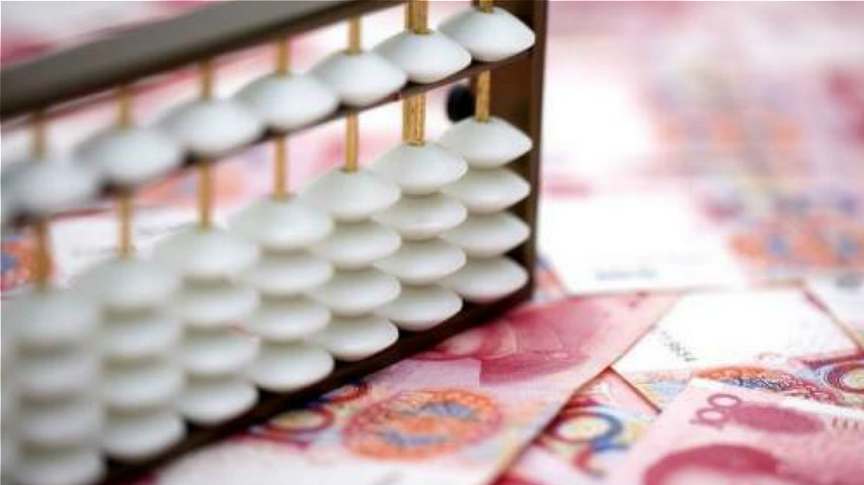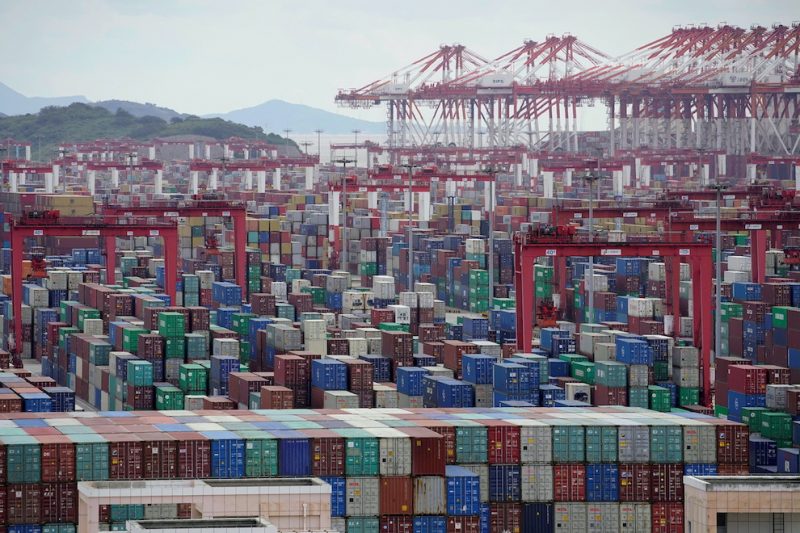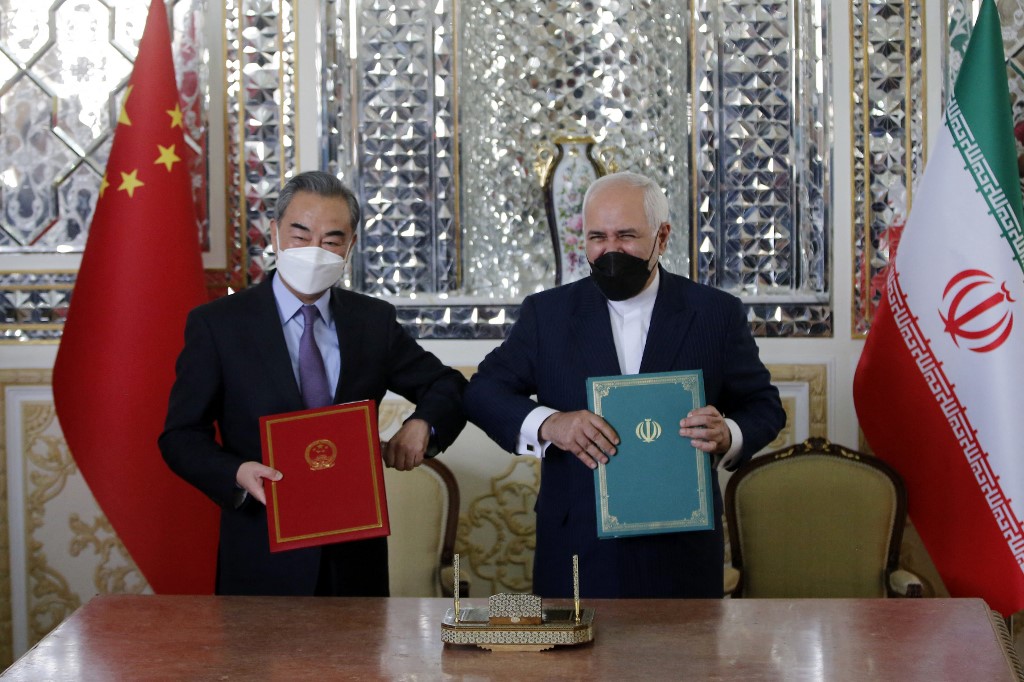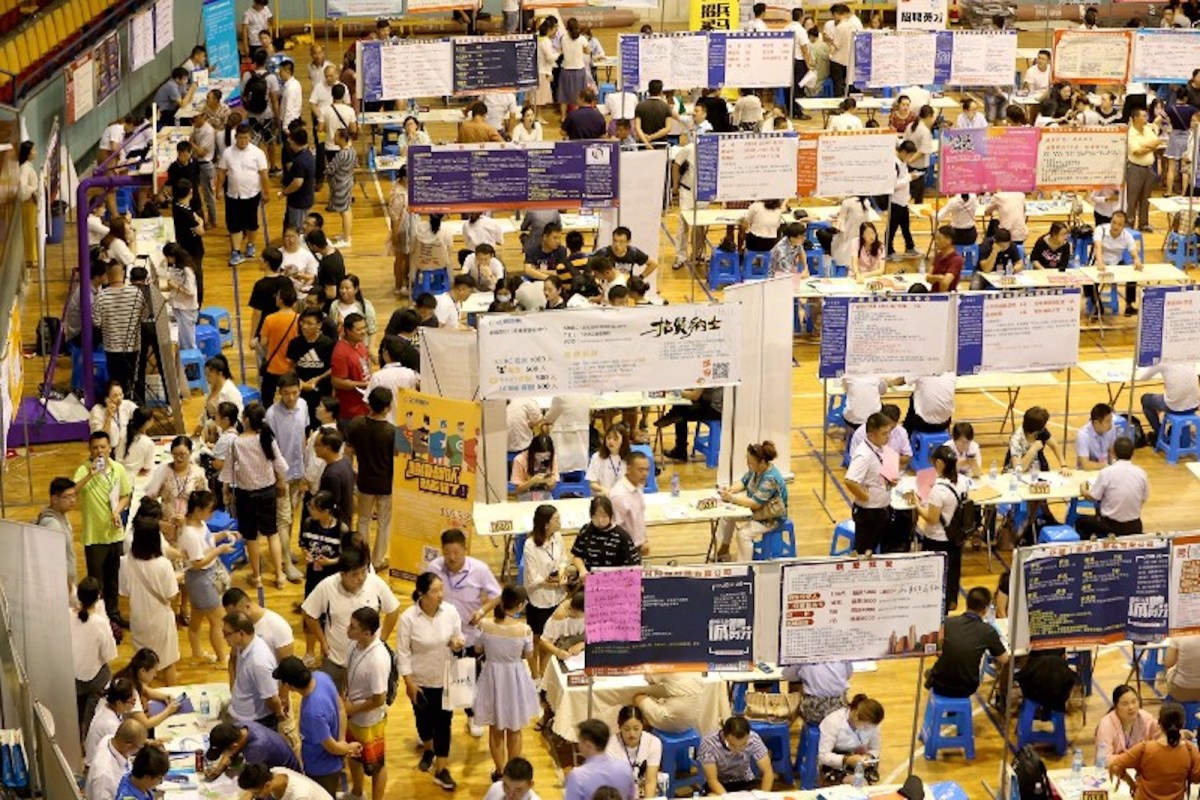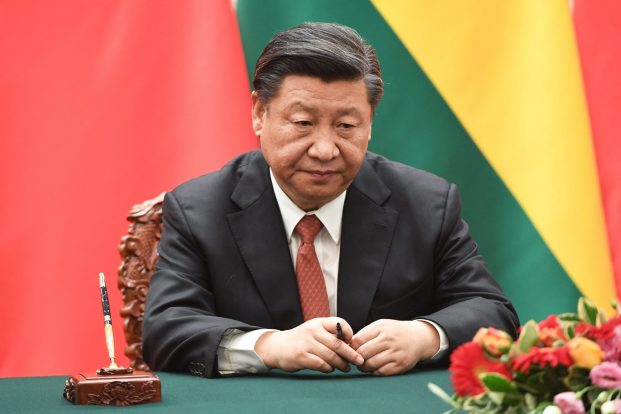Schools in three Northeastern Chinese cities with a total population of 13 million have been closed again after just reopening; Hong Kong’s winning streak of 23 days without new local infections has come to an end and the targeted date of school reopening of May 20 has been put in doubt; South Korea is dealing with a cluster of at least a dozen new infections originating in a nightclub.
Fears that a second wave of virus infections in Asia might be in the making have spooked equities and currencies throughout the region.
All significant Asian currencies are down against the mighty US dollar today, the exception being the Japanese yen, Asia’s traditional safe haven and risk barometer. Hardest hit were the Korean won and Philippine peso, but other than JPY, there’s nothing but green on the dollar side of the Asian crosses from Taiwan to Indonesia and India.
The People’s Bank of China (PBoC) set central yuan parity at 7.0948, substantially weaker than Wednesday. But by 6pm HK time, the yuan had weakened further to 7.0993. The offshore yuan (CNH) was weaker still, at 7.1191.
These are not the days when the Chinese currency is going to make much progress towards mounting a credible challenge to the dollar’s reserve currency leadership position. According to the authoritative Bank of International Settlements, 88% of global currency trades involve the US dollar and 62% of all foreign exchange reserves are in USD. The trend of the past several years of greater internationalization of the yuan has been brought to a halt by the coronavirus.
The dollar strengthened during the Asian trading day and stood at 100.4530 on the dollar index (DXY) at 7pm HK time. US stock futures are mixed and EU stocks are well down. The strong dollar run looks set to continue in this worst week for global equities since mid-March.




